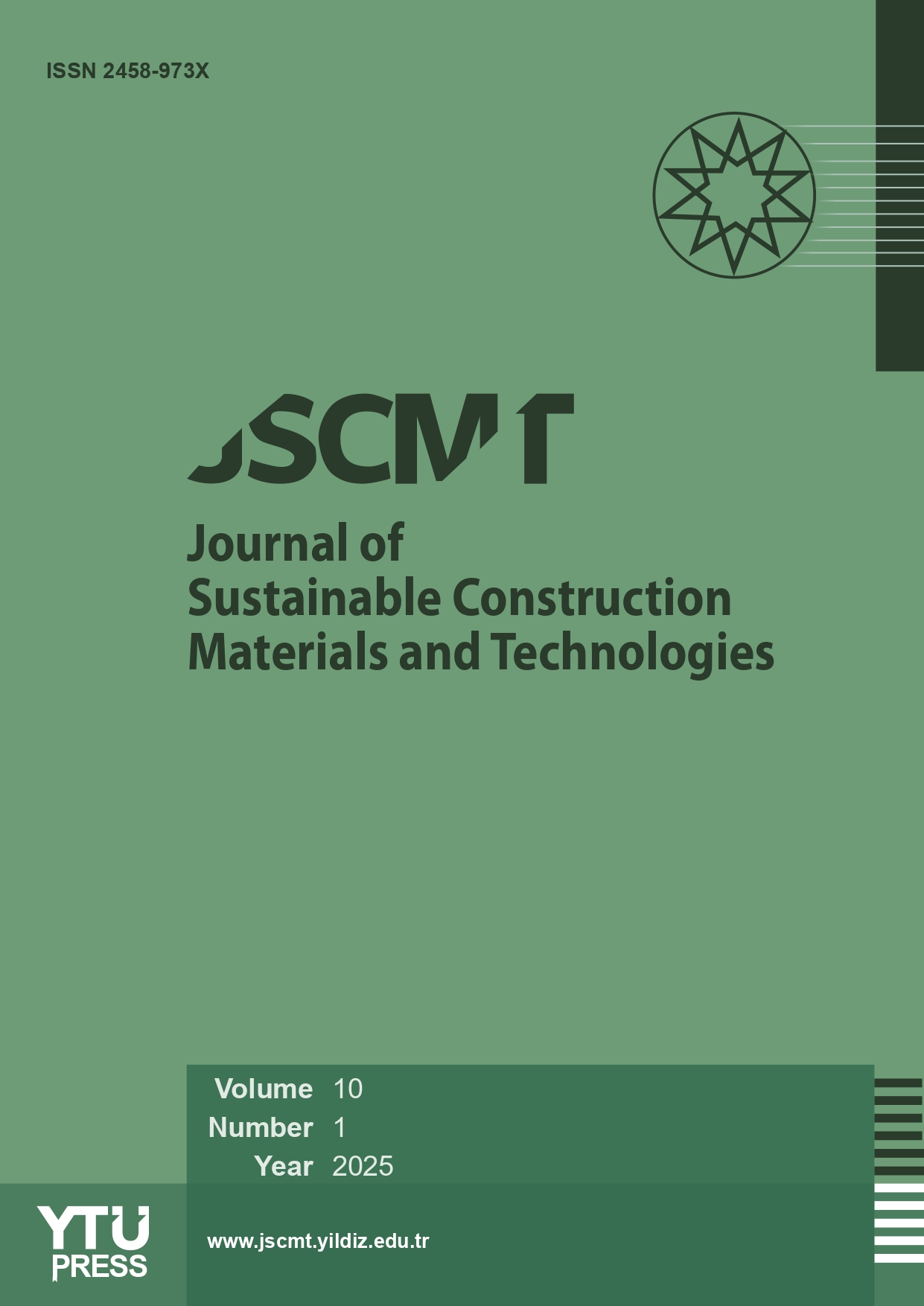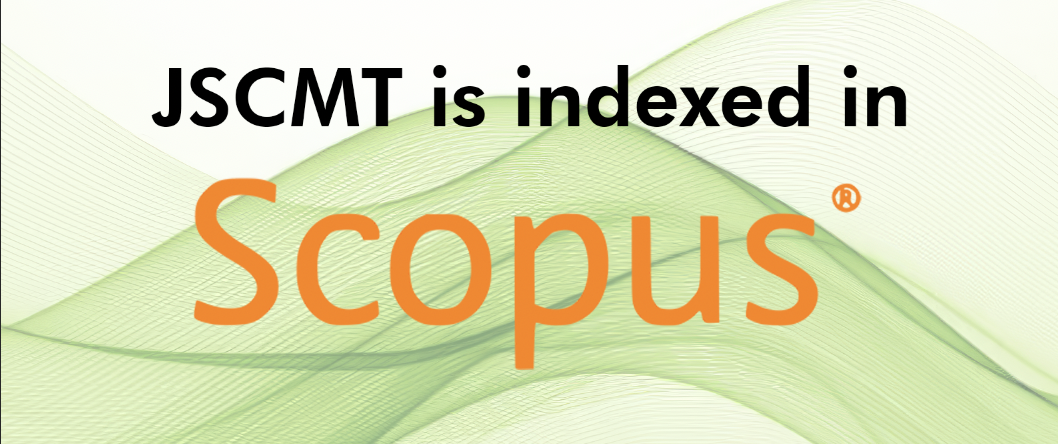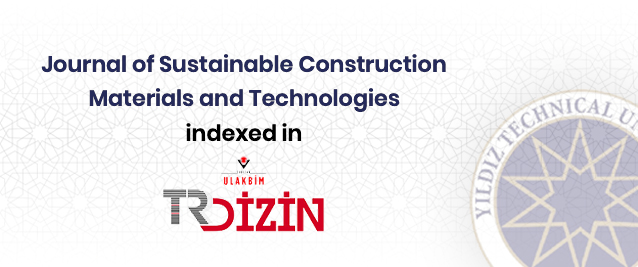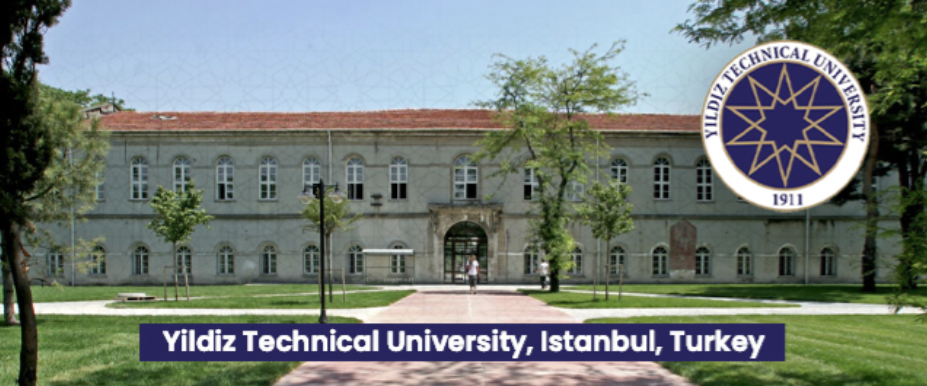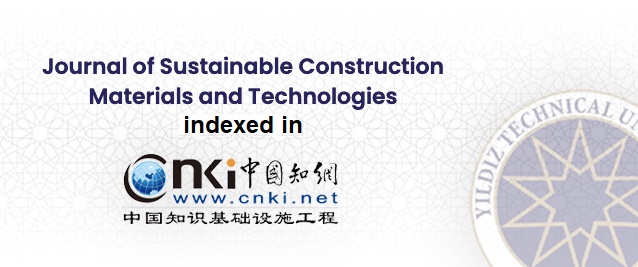2Civil Engineering Program, Center for Sustainability, Middle East Technical University, Northern Cyprus Campus, North Cyprus
3Line Consulting Engineers, 392 Jockey Road, Sutton Coldfield, UK
Abstract
Strengthening and rehabilitation have been widely implemented for many years to extend the service life of reinforced concrete structures. The paper begins with a comprehensive review of the fiber-reinforced polymers (FRP) utilization on strengthening, particularly over the traditional
materials formerly used in practice with respect to materials, manufacturing, operation, Construction, and maintenance phases as the engineering and environmental performance
of such materials. Carbon and Glass FRP, the most frequently used strengthening materials, are particularly designated in the study and are employed to conduct an environmental
performance evaluation using the previously published data in the literature. The paper then investigates the punching shear strength of flat slab-column connections strengthened with
externally bonded FRP using a nominated database comprising 57 data points harvested from the recent literature. The database is used to evaluate the test data with TS 500 code equations and the recent modification of Chen and Li. The study enabled the key factors affecting the punching shear strength of such connections to be emphasized and highlighted that the TS 500 code equations fall conservative in predicting the punching shear strength of slab-column connections strengthened with FRP. The study is novel as it provides a comprehensive review of the FRP as a strengthening material regarding environmental sustainability. It also provides insight into the structural implications of this material by evaluating the current TS 500 code provisions and recent modifications.


